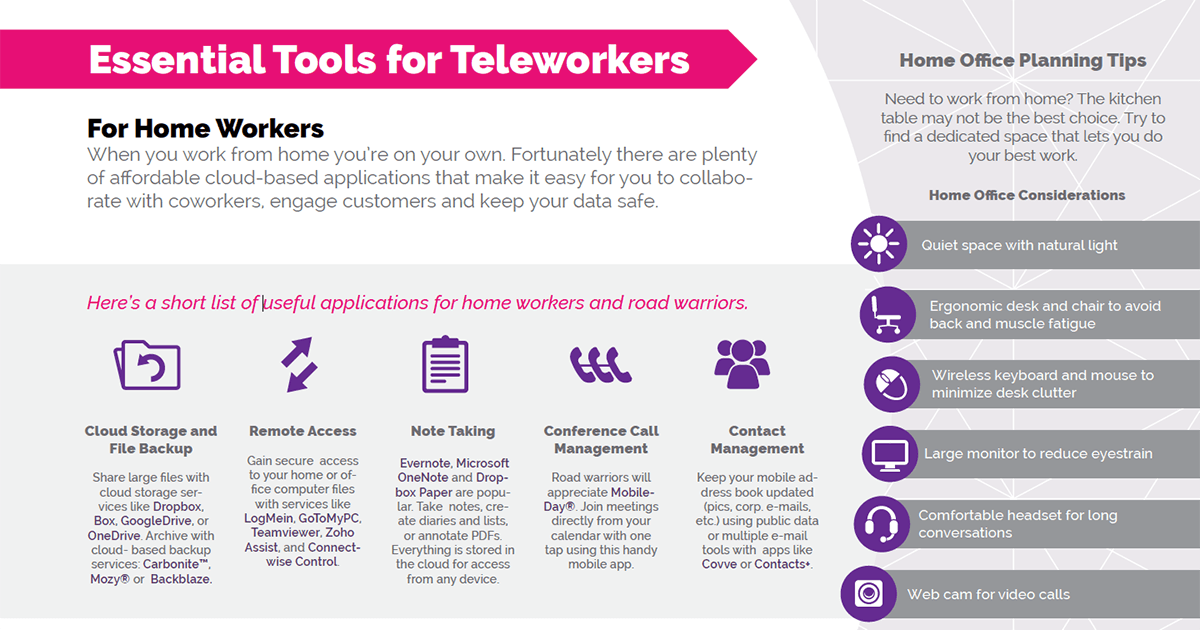The COVID-19 pandemic has forced businesses across practically all sectors to adjust to new ways of working with distributed teams and virtual workforces. While many will be hoping this period is a short-lived adjustment, the reality is that even when we do emerge from the current crisis the landscape for many businesses will have been permanently altered. Report by Patrick Joggerst, CMO and EVP business development, Ribbon Communications.
In recent weeks, Twitter announced that its staff could work from home “forever” if they wished to, even after lockdown and social distancing measures are relaxed and we return to some sense of normality. The company indicated that the decision was largely based on the fact that work-from-home measures it has implemented during the pandemic have been very successful. Similar announcements have also been made by the likes of Google and Facebook, both of which have said their respective workforces can continue to work from home until the end of 2020 at least.
Many commentators are describing Twitter’s announcement in particular as an “era-defining moment”. But is it really feasible for workforces to pivot en masse to working from home indefinitely? What needs to happen behind the scenes to make this work? And how can companies looking to do this best ensure effective communication methods are maintained among remote teams, securely?
Critical industry
Well, the first thing to acknowledge is that now more than ever, the telecoms industry has a massive role to play in keeping employees engaged, customers served, and businesses running so that critical aspects of the economy can continue to function.
Businesses that had no or little experience in having remote employees have had to quickly pivot and turned to mass systems of communication and connectivity. Others are quickly playing catch up. As a result, the usage of platforms such as Microsoft Teams has seen rapid increases as companies look to get as much of their workforce as possible online.
Multiple studies have shown that employees who work from home are equally if not more productive than office-based colleagues. However, it’s important to ensure time is set aside for one-on-one catch-ups to compensate for the time lost doing that in person in the office or over lunch.

Another important step is to implement task tools such as Asana, Base Camp or Microsoft Teams to track live activity and actions. This will make it infinitely easier to build in flexibility if everyone in the team knows what’s expected and when.
Don’t under-estimate your team
The bottom line is that whether working from home is short-lived or becomes a permanent feature of a company’s business continuity planning, employee productivity should not be a hurdle. Working virtually may present a steep learning curve at first, but don’t under-estimate your team.
What’s more, the good news is that even if working from home is a new reality for some businesses, there are a whole host of tools available that enable voice, video, screensharing, messaging and other activities to keep employees connected, productive and engaged.
Indeed, among the range of real-time communications technologies available to businesses today, including unified communications and Communications Platform-as-a-Service, there is the option to connect the many tools currently used for communications and to organise them within one, centralised platform.
Such a facility enables companies to embed real-time contextual communications capabilities, including voice, video and chat, directly into their applications and websites. This results in a more seamless experience when employees are interacting both internally and externally, while the technology also ensures that communication and the sharing of information can take place across multiple mediums regardless of physical location, as long as the individual is online.
Driving digital transformations
While it’s true that such technologies are not new, the speed of advancement in their capabilities and adoption is driving an uptake in the digital transformation journeys of many businesses forced to find solutions to remain connected and operational during the COVID-19 crisis. This marked shift to digital and increased investment in IT and telecoms solutions will undoubtedly have a lasting impact, but with the right tools and technologies in place companies can ensure that impact is a positive one.
The author is Patrick Joggerst, CMO and EVP business development, Ribbon Communications.
Comment on this article below or via Twitter: @VanillaPlus OR @jcvplus






